LED's
deadhamster
18 years ago
Related Stories

LIGHTINGWhat to Know About Switching to LED Lightbulbs
If you’ve been thinking about changing over to LEDs but aren't sure how to do it and which to buy, this story is for you
Full Story
LIGHTINGThe Lowdown on High-Efficiency LED Lighting
Learn about LED tapes, ropes, pucks and more to create a flexible and energy-efficient lighting design that looks great
Full Story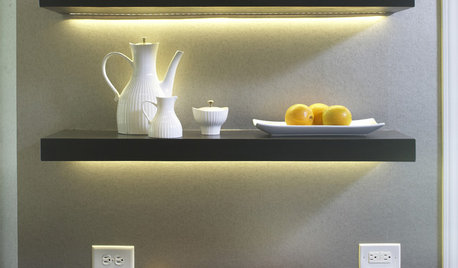
KITCHEN DESIGN12 Ways to Light Your Kitchen With LEDs
See how to use new energy-saving lights to illuminate your kitchen, light a countertop and add style, too
Full Story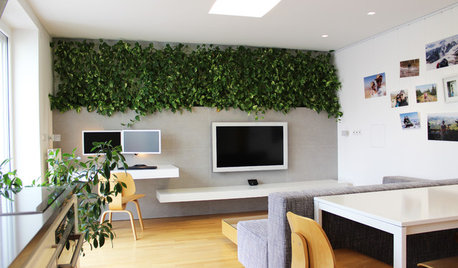
HOUZZ TOURSMy Houzz: LEDs and a Living Wall Color a Minimalist Slovakian Home
Thanks to a modern overhaul, this small Central European apartment is now a testament to efficiency and thoughtful design
Full Story
SHOP HOUZZShop Houzz: Save on Smart Lighting
Up to 55% off lighting with USB ports, LEDs and more
Full Story0
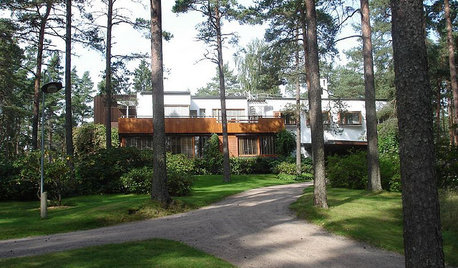
HISTORIC HOMESMust-Know Modern Homes: Villa Mairea
Experimenting led to rich rewards in this Finnish architectural masterpiece by modernist Alvar Aalto
Full Story
TINY HOUSESAdventure Seekers Hit the Road in a Cozy School Bus Home
Wood floors, butcher block countertops, custom furnishings and LED lights make life on the road feel like just another stylish day at home
Full Story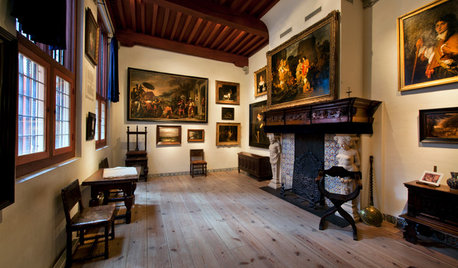
EVENTSHappy Birthday, Rembrandt: Peek Inside the Dutch Painter’s Former House
The famous Dutch painter surrounded himself with expensive artwork and rare antiquities, which led to a foreclosure on his house
Full Story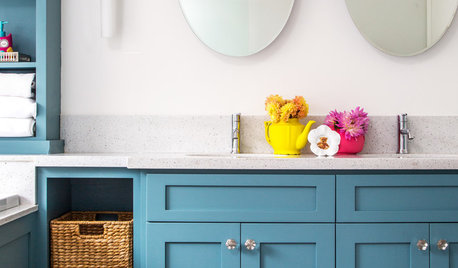
BATHROOM COLORNew This Week: 3 Ways to Add Color to Your Bathroom
Look to paint, tile and LED lighting to cheer up a sterile bathroom
Full Story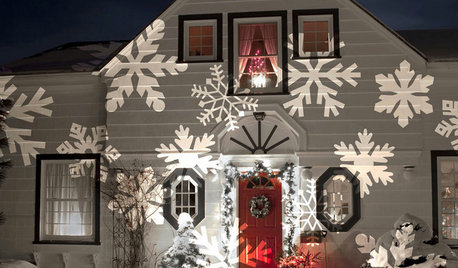
SHOP HOUZZShop Houzz: Save on Holiday Lighting
Create a magical scene they’ll see from the street with string lights, LEDs and projectors
Full Story0
More Discussions






foxd
shrubs_n_bulbs
Related Professionals
Windham Landscape Architects & Landscape Designers · Deer Park Landscape Architects & Landscape Designers · Port Royal Landscape Architects & Landscape Designers · Westwood Landscape Contractors · Lexington Landscape Contractors · Melrose Park Landscape Contractors · Mission Bend Landscape Contractors · Thonotosassa Landscape Contractors · West Coon Rapids Landscape Contractors · Brushy Creek Fence Contractors · Dundalk Fence Contractors · Foster City Fence Contractors · Greenville Roofing & Gutters · Hicksville Roofing & Gutters · Washington Roofing & Gutterspkapeckopickldpepprz
shrubs_n_bulbs
shrubs_n_bulbs
pkapeckopickldpepprz
henry_kuska
shrubs_n_bulbs
techkitsune_gmail_com
dcarch7 d c f l a s h 7 @ y a h o o . c o m